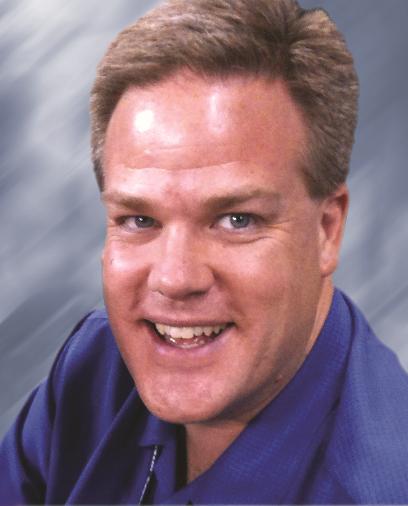 It’s that time of year! Sean King from YEA! joins us to talk about to re-energize your yearly fundraising campaigns (which are often at year-end, but can be done at other times of year too) in the first of this three-part series. We are posting excerpts and encourage you to read the full posts on Sean’s blog. ~Kivi
It’s that time of year! Sean King from YEA! joins us to talk about to re-energize your yearly fundraising campaigns (which are often at year-end, but can be done at other times of year too) in the first of this three-part series. We are posting excerpts and encourage you to read the full posts on Sean’s blog. ~Kivi
Guest Post by Sean King of YEA!
As non-profit fundraisers, we all face new campaigns with equal parts excitement and trepidation. Our goal: to reach the successes of the past, plus attain the incremental growth that is baked into the budget each year.
But is that all there is? Trudging through the same actions in hopes to eek out a 3% increase over last year’s result? Hardly enough to get us fired up every morning.
Context
For the organization in this case study, the annual fundraiser had fallen into the trap of modest expectations and stagnant returns. Projecting robust growth did not seem probable for a campaign that had twenty-plus years of maturity and no real underlying factors why expansion or contraction were imminent.
What follows is a recounting of the most recent annual fundraising project. Included are some of the strategies we employed at YEA! to break through old results. We also share a few tips we hope can be of use to you in your next fundraising effort.
Track Your Success
In creating the pathway for dramatic growth, we began by setting a stretch goal for ourselves of 1,000 supporters, an increase of 40% over previous years.
As an important first step – we decided on a strategy of counting donors rather than contributions. Tracking is a topic discussed by many, but we have found for our fundraising efforts that raw numbers translate easily into donations. Working towards a goal of 500 or 1,000 donors is a lot more psychologically satisfying then looking at a somewhat insurmountable goal of $200,000 or $500,000 – even though the outcome will essentially be the same.
By choosing to monitor the number of donors, we found it much easier to address our constituents with a message of trying to reach 1,000 supporters rather than a huge financial sum. Semantics? Possibly. Marketing impact? Absolutely.
Set Your Calendar
Once we set our goal, step two was to set our calendar. By asking ourselves “what do we have to do by what date” allowed us allowed us to work with a literal – if not actual – ticking clock in the room.
Given the campaign was to be conducted over an eight-week period, we wound up with a full-out seven day per week, multi-media, multi-channel appeal to share the message and the results of our campaign.
Choose Your Media
When outlining the campaign’s media plan, we implemented a “no stone unturned” approach. If there was a media outlet we could use to get our message out, we were determined to use it to the best of its ability.
By utilizing social, email, direct mail, video, onsite event fundraising, telemarketing and of course personal outreach, we crafted the message for the media and the audience.
Before We Begin
As all good content marketers will tell you, it’s the work that is done prior to the campaign that captures the imagination of your donors, tells your story and allows supporters to determine why they will support you before you ever begin the campaign.
Never forget this important first step and as you prepare for your next appeal. Today is never too early to begin telling your story in fun, entertaining and inspiring ways.
Choose Teams
As we set out on our mission, we knew we needed to build our team from office staff, volunteers and other individuals who were to become our best friends over the next few weeks as we shifted into high gear.
With our goal in one hand, the calendar in another and twenty or so paid and unpaid staff behind us, we began our expedition.
Check out the next installment of Sean’s Annual Campaign Trilogy tomorrow, when we explore six tips to improve fundraising results.
[Thanks to the team at YEA! for their work and contributions on this campaign: Brad Martin (fundraising), Mike Simaska (tech), Allison Watkins (social) and Dieter Wiselogel (media).]A serial entrepreneur at heart, Sean King has been consulting with small businesses and non-profit organizations for over 20 years. Currently, Sean is the Director of Marketing & Communications for Youth Education in the Arts (YEA!) a non-profit organization based in Allentown, Pa. which teaches life lessons through music. He also continues his consulting practice through Aspire Brand Networks. Sean resides with his wife Natalie and son Haydn in the global crossroads of Fogelsville, Pa. You can follow him on Twitter @skingaspire





